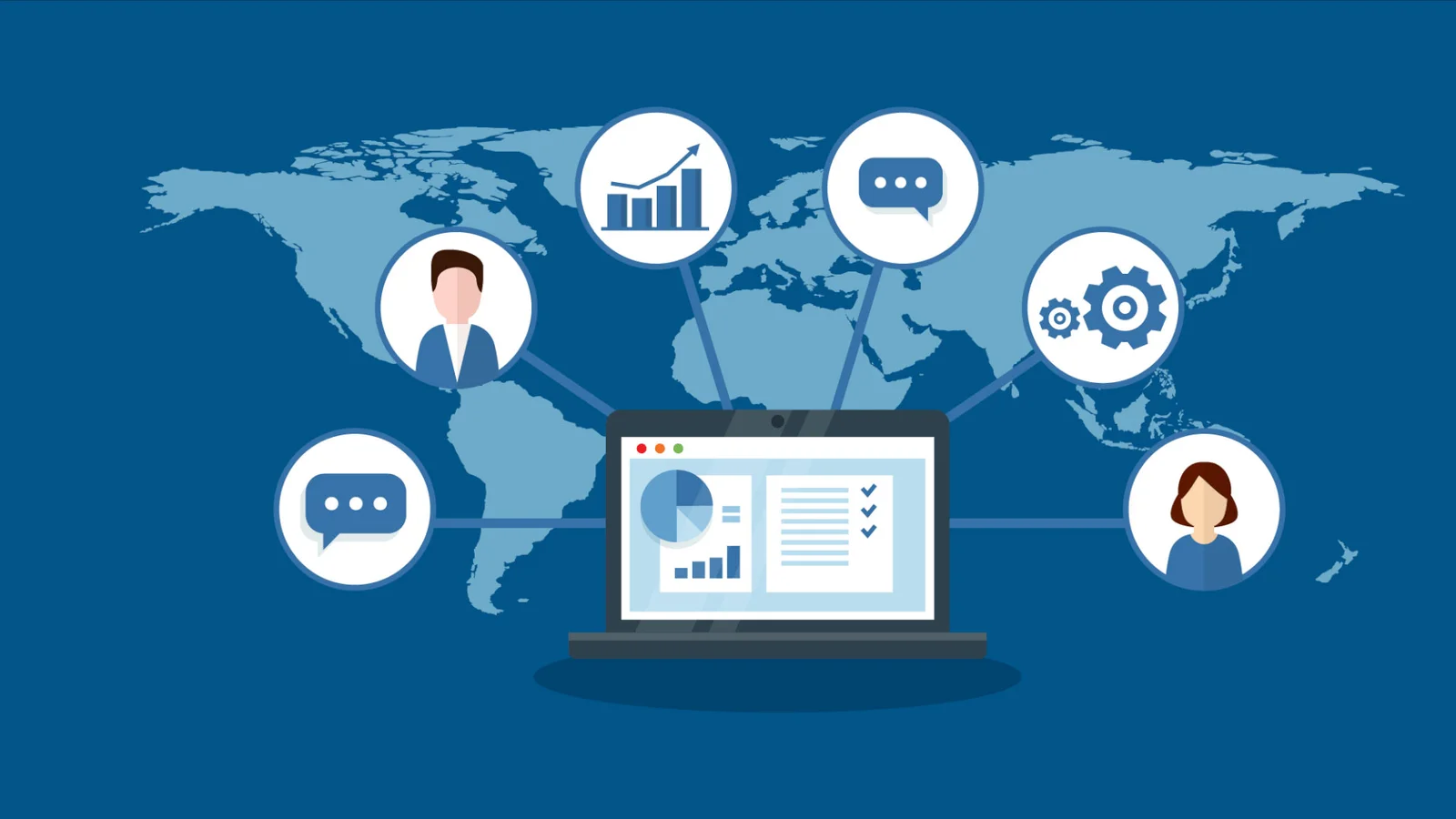Introduction
In an era defined by technological prowess, artificial intelligence (AI) has emerged as a transformative force that is reshaping industries and revolutionizing the way we approach problem-solving. The rapid evolution of AI has given rise to an array of cutting-edge AI tools, each with unique capabilities and applications across various domains. This comprehensive article delves into the top AI tools that are leading the charge of innovation, exploring their diverse uses and shedding light on how they are reshaping businesses and our daily lives.
- Natural Language Processing (NLP) Tools
NLP tools stand at the forefront of AI’s linguistic capabilities, enabling machines to understand, interpret, and generate human language. One of the most prominent NLP tools is GPT-3, developed by OpenAI. It has found applications in content generation, chatbots, language translation, and even code generation. GPT-3’s ability to comprehend context and generate human-like text is propelling it into various industries, from marketing to software development.
- Computer Vision Solutions
Computer vision tools allow machines to interpret visual information from the world, mimicking human vision. Open-source libraries like OpenCV and AI-powered platforms like Google Vision offer a wide range of applications, including image and video analysis, facial recognition, object detection, and even medical image analysis. These tools are driving advancements in fields such as healthcare, automotive safety, and retail analytics.
- Speech Recognition Software
Speech recognition tools have paved the way for seamless human-machine communication. Speech-to-text technology, exemplified by tools like Dragon NaturallySpeaking and Google Speech-to-Text, finds applications in transcription services, voice assistants, and accessibility tools for individuals with disabilities. This technology has transformed the way we interact with devices, making voice commands an integral part of our daily routines.
- Chatbots and Virtual Assistants
Chatbots and virtual assistants are AI tools that facilitate interactive conversations with users. These tools, powered by natural language processing, are deployed in customer service, e-commerce, and even mental health support. AI-driven chatbots like IBM Watson and Microsoft Bot Framework are enhancing user experiences by providing instant responses, personalized recommendations, and 24/7 support.
- Predictive Analytics and Machine Learning Platforms
Predictive analytics and machine learning tools are instrumental in extracting insights from vast datasets, enabling data-driven decision-making. Platforms like TensorFlow, PyTorch, and scikit-learn have democratized machine learning, empowering businesses to develop predictive models for tasks such as sales forecasting, fraud detection, and medical diagnosis.
- Robotic Process Automation (RPA) Tools
RPA tools automate repetitive and rule-based tasks, freeing up human resources for more strategic activities. Tools like UiPath and Blue Prism are being integrated into industries such as finance, healthcare, and manufacturing to enhance operational efficiency, reduce errors, and cut costs.
- Recommendation Systems
Recommendation systems, powered by AI algorithms, offer personalized suggestions to users based on their preferences and behavior. Netflix’s movie recommendations, Amazon’s product suggestions, and Spotify’s music playlists are prime examples. These tools enhance user engagement and contribute to revenue growth by promoting relevant content and products.
- Autonomous Vehicles and Drones
AI is driving the development of autonomous vehicles and drones, revolutionizing transportation and logistics. Companies like Tesla and Waymo are pioneering self-driving technology, while drone delivery services are being explored by Amazon and UPS. AI-powered sensors and algorithms enable these vehicles to navigate complex environments, enhancing safety and efficiency.
- Healthcare Diagnostics and Drug Discovery
AI tools are making significant strides in healthcare, aiding in diagnostics, drug discovery, and treatment planning. Machine learning algorithms can analyze medical images to detect diseases like cancer, while AI-driven simulations expedite drug discovery processes. These tools hold the potential to improve patient outcomes and accelerate medical research.
- Financial Fraud Detection
AI tools play a crucial role in detecting fraudulent activities in the financial sector. Machine learning algorithms analyze transaction data to identify anomalous patterns, minimizing the risk of fraud. These tools provide real-time insights and enable timely intervention to safeguard financial systems.
Conclusion
The landscape of AI tools is a testament to human ingenuity and technological progress. From natural language processing and computer vision to predictive analytics and autonomous vehicles, these tools are transforming industries and reshaping the way we interact with technology. The applications of AI tools are diverse and far-reaching, touching every aspect of our lives, from healthcare and finance to entertainment and transportation. As AI continues to evolve, the potential for innovation and positive impact is boundless, ushering in a future where machines and humans collaborate to drive progress and achieve new heights of achievement.




